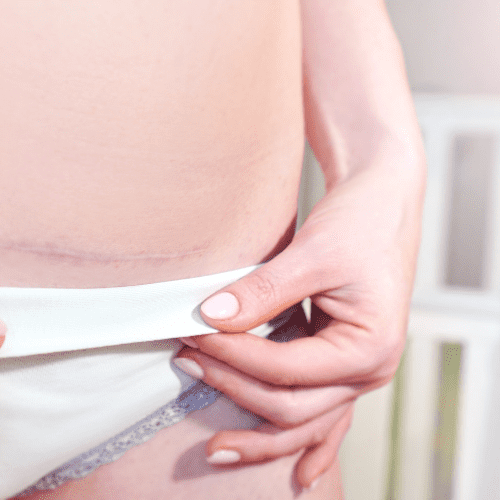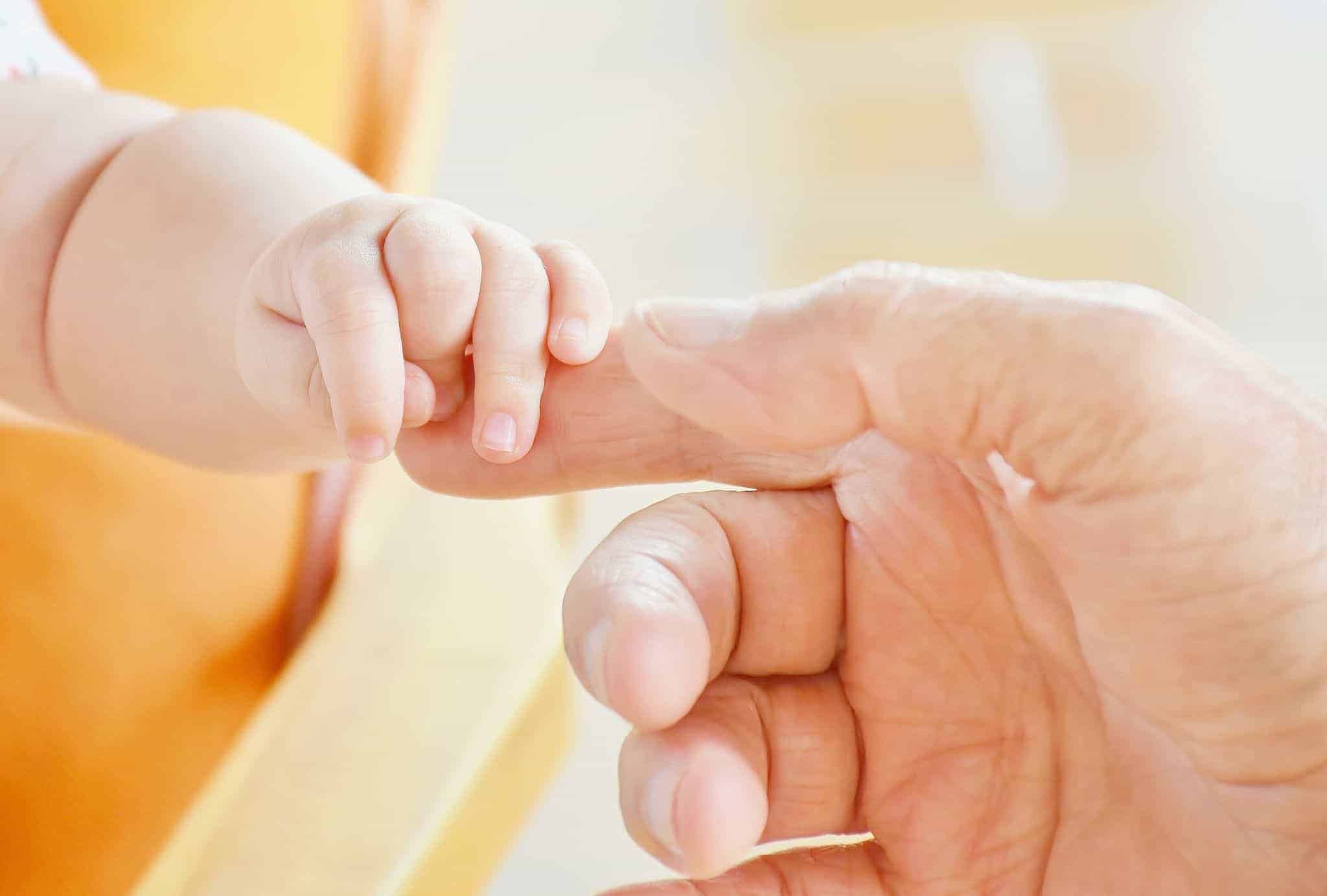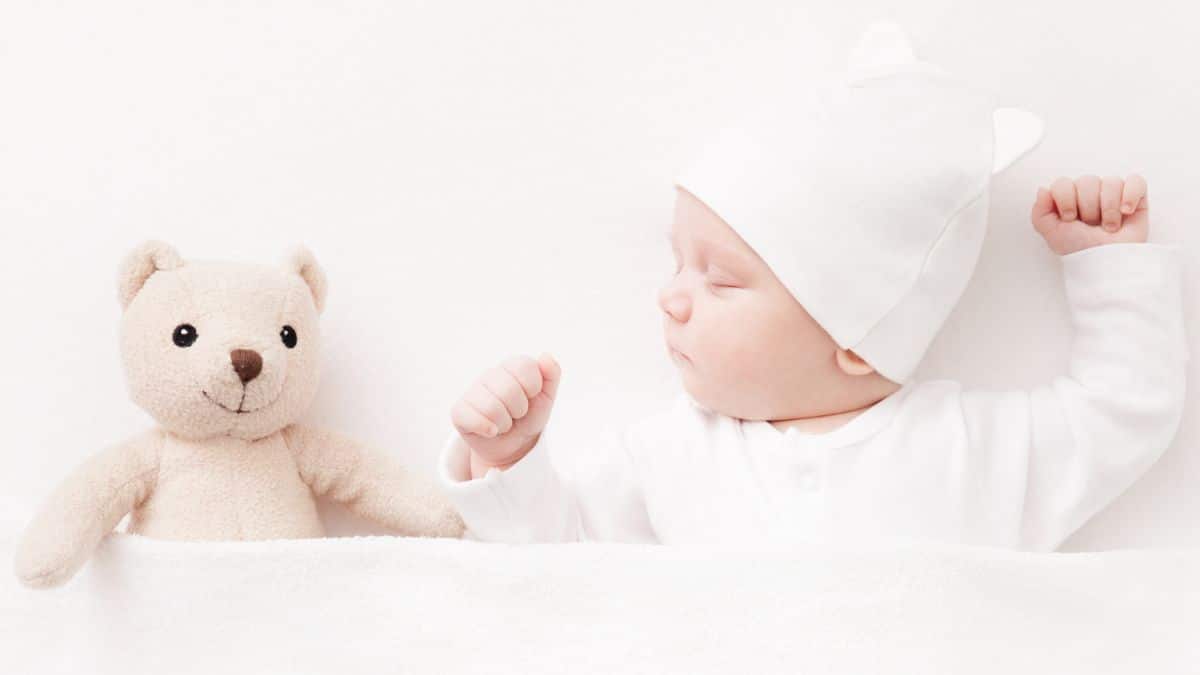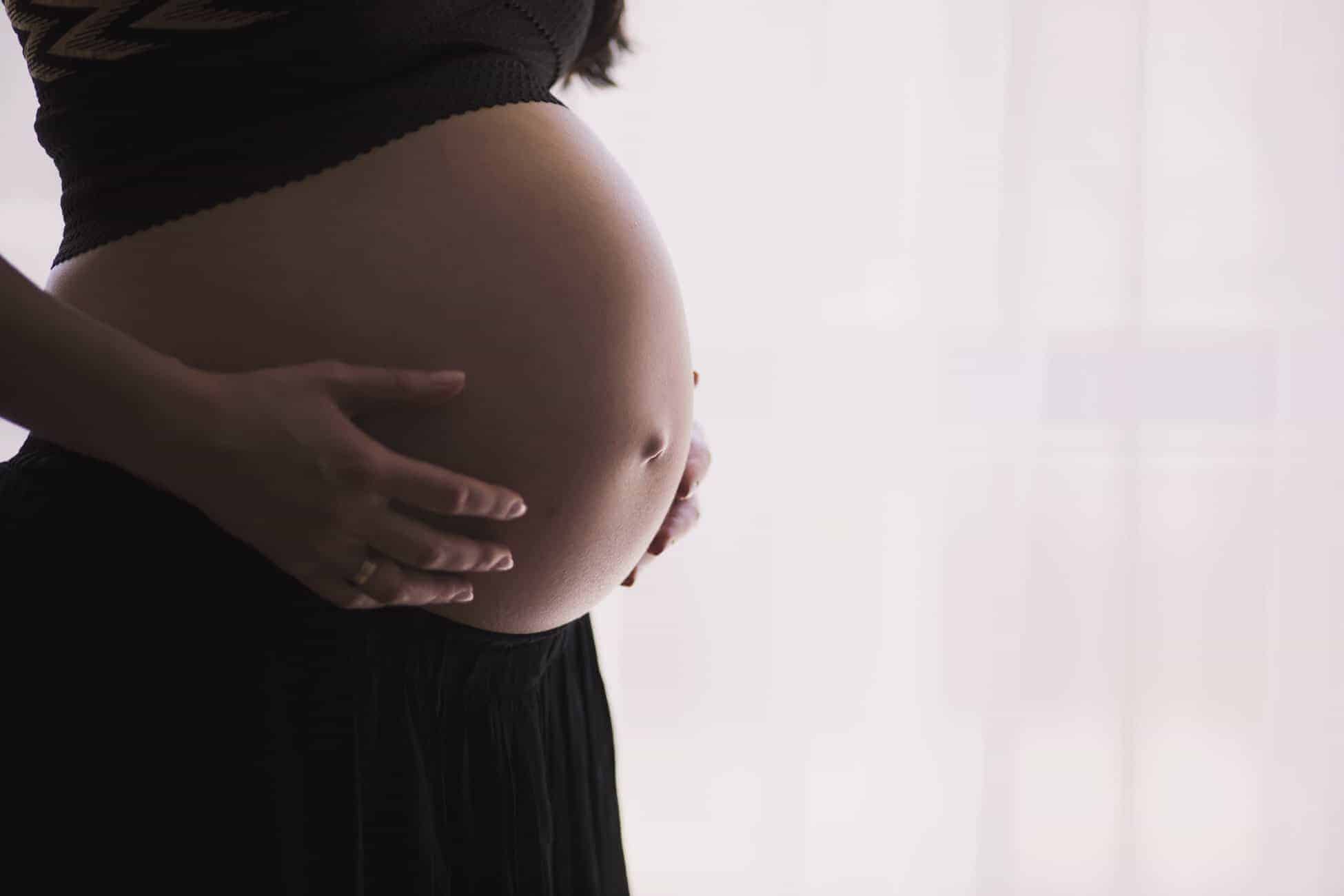Having a baby is literally the most personal thing it is ever possible to do. Every person’s journey is different, from conception to birth, and each pregnancy is different.
Before getting pregnant (another story for another day) I thought it would be like it is in the movies. A three-minute montage of eating pickles smothered in peanut butter, yoga balls, breathing classes, and lots of belly rubbing, accompanied by Hall and Oats.
In my first pregnancy, I was so unprepared. I had next to no friends with babies and certainly no parent friends close enough to talk with about the birth itself, which felt like a very personal subject to broach. There is only so much reading books will tell you. It is all described in a very clinical way. So, I went into labor with no clue about what to expect.
I had heard the term ‘ring of fire’ in the context of giving birth, but I had no idea what it meant.
As an Amazon Associate, I earn from qualifying purchases. The links below may be affiliate links. Please read my disclosure policy for more information.
What is the ring of fire?
In its simplest terms, when you are fully dilated, and the baby’s head is stretching the tissues at the cervix: it burns. The opening is round, and the stretching tissue can feel like it is on fire, hence the name ‘ring of fire’.
How does it happen?
Leading up to delivery, during early labor, your cervix will dilate from zero to six centimeters. This can take hours or even days. I remember thinking for a few days ahead of the b-day that perhaps I was experiencing mild contractions. In retrospect, I was.
In active labor, you dilate from six to ten. I do not recommend working out this measurement ahead of time. Best not to dwell on it.
Crowning occurs at ten centimeters. The head stretches out the cervix, literally to bursting point, and it is this that is referred to as the ring of fire.

What are the risks and complications?
The risk of vaginal tearing increases with the intensity of the ring of fire. Pushing when your cervix is struggling to stretch will result in the soft skin giving in. Oh, and of course, you can tear the muscle.
The things women have to endure.
There are varying degrees of tear from very mild to very serious.
- First-degree: This is the tearing of the skin and tissue of the perineum. These can heal with or without stitches. Trust your medical professional’s opinion on whether or not to sew it up.
- Second-degree: This is more painful and involves the perineum and some of the tissue inside the vagina. This tear requires stitches and a few weeks of recovery.
- Third-degree: This involves the perineum and the muscle surrounding the anus. This tear often requires surgery and may take a bit longer than a few weeks to heal.
- Fourth-degree: This is a bad one. It involves the perineum, anal sphincter, and the mucous membrane that lines the rectum. Like third-degree tears, this tear requires surgery and a longer recovery time.
I don’t want to cause alarm here. I personally know people who come into all four categories and have gone on to have subsequent births without complication.
Healing time post-partum will be affected by the extent of the tear. This is what pain killers are designed for.
Hopefully, the intense oxytocin from the connection with the human being you just created will be of some comfort.
You may experience stinging while urinating or sitting or walking. Really, compared to the birth itself, what comes after is more likely to be much easier.
Of course, you might escape the tear altogether. See below for my top tips to avoid tearing.

Who can get this type of birth?
Anyone giving birth vaginally can experience the ring of fire. The ring of fire and ‘crowning’ are often considered to be the same thing. However, this is not the case.
It is possible for the baby’s head to the crown without experiencing the ring of fire, or at least for the pain to be less intense than the word ‘fire’ suggests.
There is no guarantee of avoiding the ring of fire. However, there are some steps you can take to reduce the chances of it occurring or reducing the intensity of the pain.
- Get the baby in the right position: Your baby should naturally maneuver themselves into the best position for birth – it’s evolution in practice. Your medical professional will continue to monitor your baby’s position during pregnancy to ensure that they are travelling into the right position. The ideal position for your baby in preparation for labor, is head downwards with the back of their head facing out towards your belly. This is no guarantee of a pain free experience sadly, but if they are in this optimum position, you are likely to be able to push them out with few complications. If you are concerned that your baby is in the ‘wrong’ position, your medical professional can offer techniques to encourage the baby to move around.
- Get in the tub: If you have the option for a water birth, I cannot recommend it enough! Having given birth vaginally twice already, on my third baby I had the opportunity to get into a birthing pool. It is fantastic and I wish I’d been afforded the chance for the other two. The water helps to make everything soft and supple, reducing the risks of the all too terrifying perineal tear, and avoiding the ring of fire.
- Focus on your breathing and listen to your body: It sounds simple enough, but it is all too easy to forget to take your time and breath, while simultaneously being desperate for the pain to be over. Calming yourself makes the whole experience less frantic. Pushing too much, too hard, can lead to the tearing and increase the intensity of the ring of fire. Slow, slow, slow. The calmer you are the easier it is to listen to your body and the better the experience will be.
- Massage your perineum: The perineum is the skin between your vagina and your anus. Massaging this area throughout your last trimester helps to relax the soft skin, keeping it pliable, ready for the stretch. Once the ring of fire stage occurs, the area should be stretchy enough to avoid excessive burning and reduce the risk of tearing.

What are the different types of vaginal births that people experience?
Vaginal births are the most common delivery type. There are different types though, it’s not all feet up in the stirrups. In fact, lying on your back and pushing can be the absolute worse.
Try getting down onto all fours. You can go this on the bed or get down on the floor. If you are someone who likes to be touched for comfort then have your birth partner rub your lower back to ease the pain.
Arching your back and pushing your hands down to the floor can really help with the pain, creating a curved passage for your baby to flow through.
Lie on your side and have your partner hold your leg up so you don’t have the added pressure of exercising your inner leg muscles while laboring. You can try standing on the floor with your hands resting on the bed.
Essentially, the point is, move around until you find a position you can manage.
My number one recommendation will forevermore be the water birth. Between contractions, you can just let the water hold you. The relief for your muscles is unrivaled.
There will be handles on the inside of the pool that you can grip onto to help you gather your strength for pushing.
The sight of my third baby rising up out of the water into my arms is forever emblazoned on my memory and I kid you not, I immediately said to my partner, ‘well that was easy’.

Why is it important for mothers to talk about their experiences with other mothers in order to feel supported during labor and delivery?
No one talks about the dreadful stuff. There’s a mix of not wanting to scare the new mother but there is also the halo effect. I will never forget the pain of childbirth but the feeling of complete euphoria and relief of delivering a healthy baby makes it feel worthwhile.
I knew I could go through it all again if I wanted to and I could, because having experienced it the first time, I knew that the pain wouldn’t last forever. It would be nice if other mothers had just said honestly, it hurts like hell but then it’s over.
Sharing the good and bad of childbirth gives other new parents the information they need to prepare for what is to come. There’s nothing scarier than being told there’s a complication and thinking ‘I must be the only person to ever experience this’.
Feeling alone and terrified for your tiny baby can be avoided if you knew that something similar had happened to a person you were chatting to at pre-natal aqua-aerobics, and it turned out fine for them in the long run.
There’s no point in wrapping a mama to be in cotton wool. They need to be prepared for all eventualities. We are strong. We’ve been doing this for millennia.
You are woman mama. You’ve got this.






